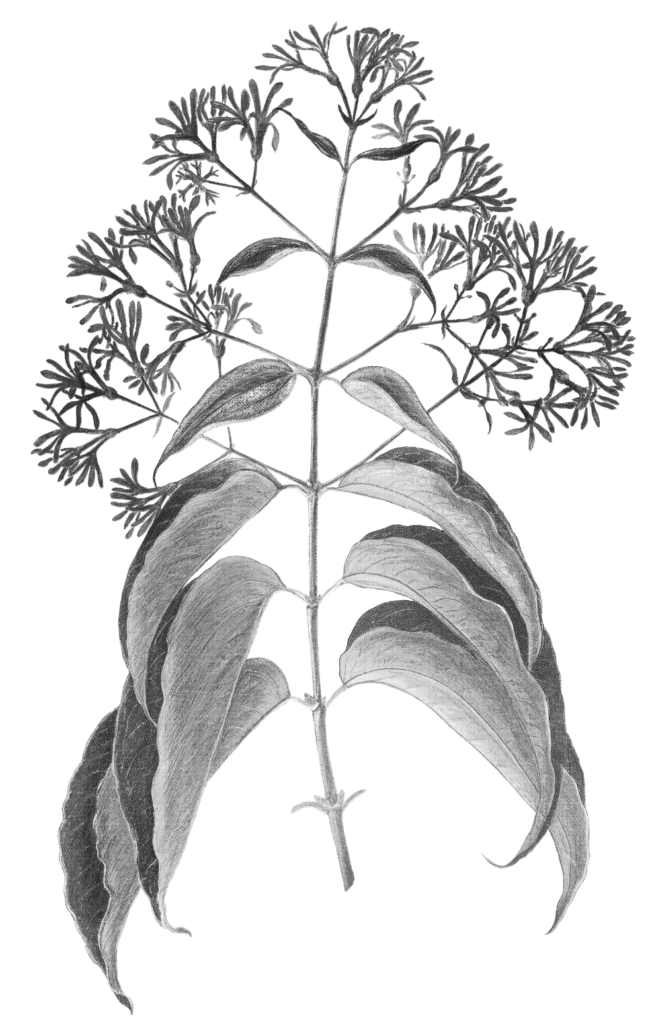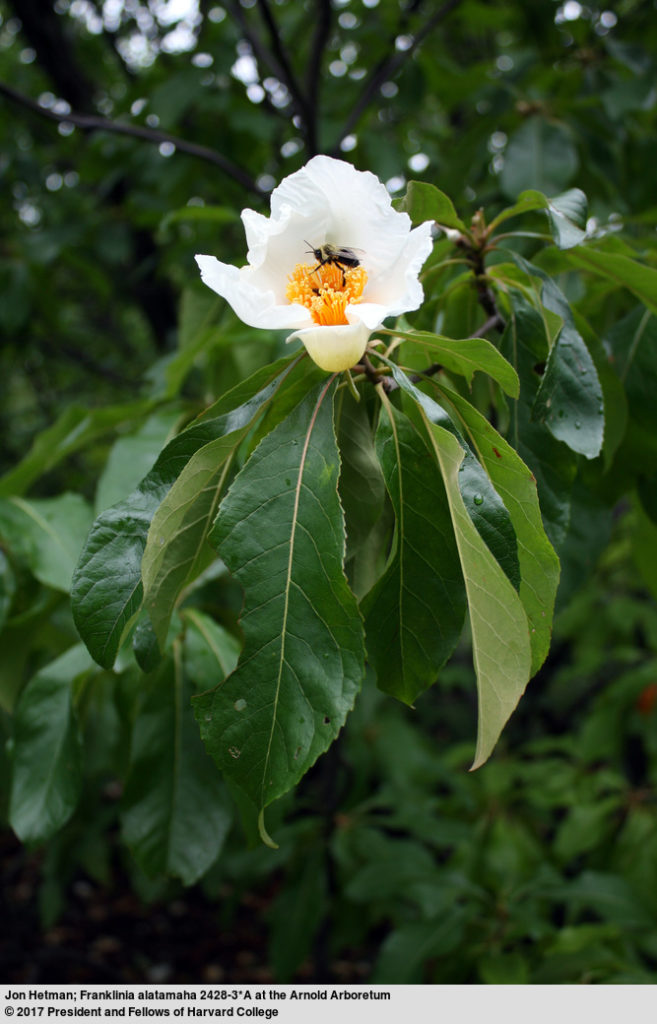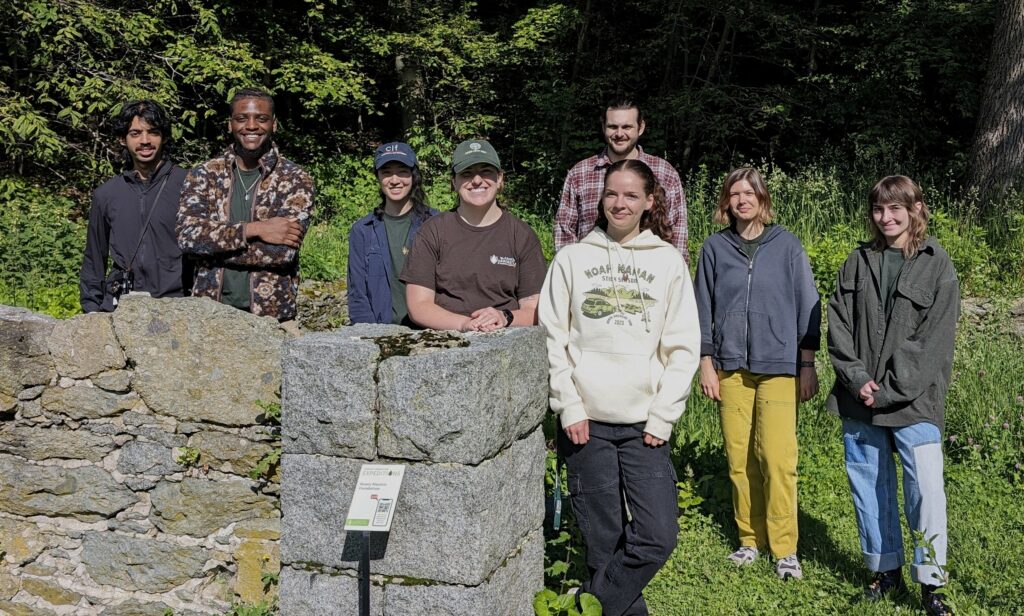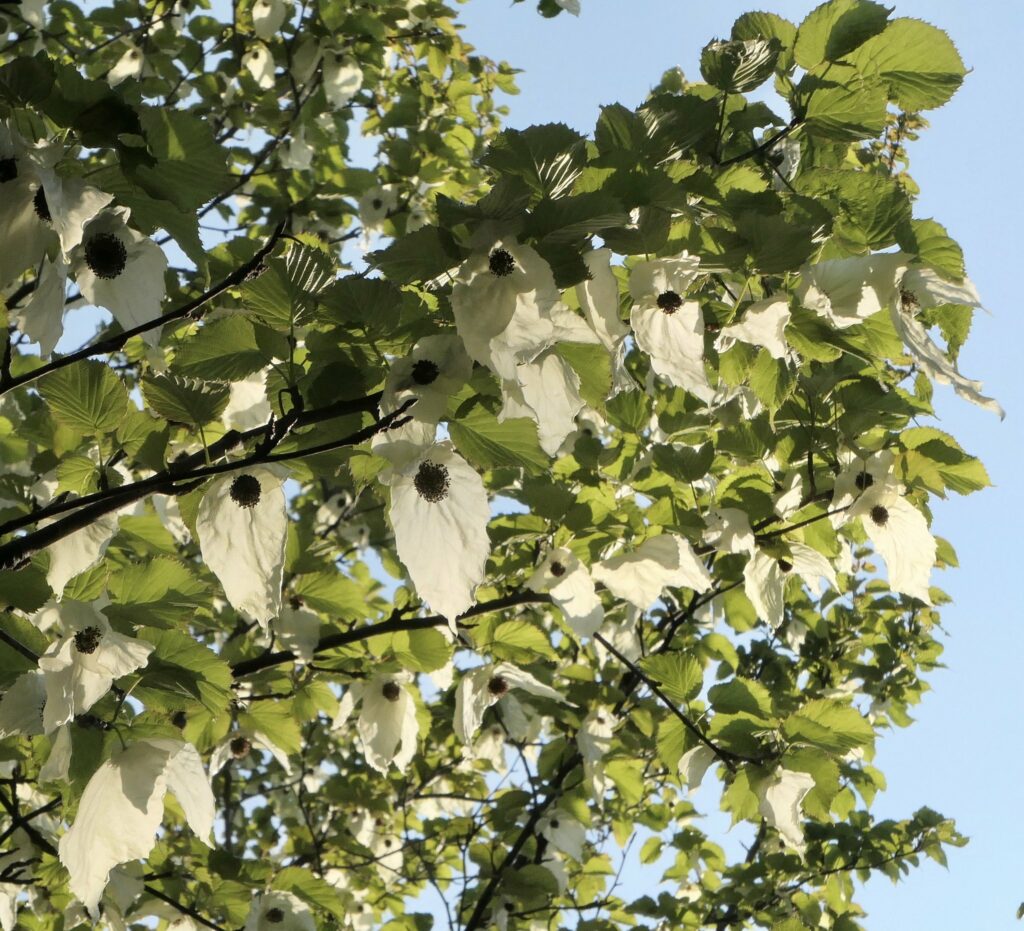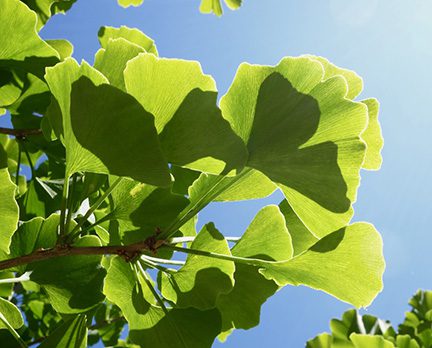Background
Fun Facts
About
The Explorers Garden rests in a microclimate just below the summit of Bussey Hill. This nearly five acre (two hectare) site provides ideal growing conditions for many species that have been challenging to grow in less protected areas of the Arboretum. Currently, the garden showcases 379 taxa (kinds), 148 genera, and 67 families. As such, it has proven to be a perfect testing ground for plants collected in the expeditions of E. H. Wilson in the early 1900s to the NACPEC [pdf] (North America-China Plant Exploration Consortium) expeditions of our own time. While many of the plants showcased here derive from Asia, the Explorers Garden also displays rare and/or marginally hardy American native plants such as Franklin tree (Franklinia alatamaha) and Florida yew (Taxus floridana).
Resources:
Read more about our history of plant exploration and see a list of expeditions.
Find directions and accessibility information for this collection.
Check out the Arboretum’s new mobile app, Expeditions, for an interactive tour of the Explorers Garden.
Read more about the the “microclimates” of the Explorers Garden in Arnoldia [pdf].











Featured Plants
Seven Son Flower
A botanist at the Arnold Arboretum officially named and described the seven son flower in 1916. But the species would not be grown in the United States until 1980. This plant was among the first.
Franklin Tree
A member of the tea family (Theaceae), Franklin tree sports a showy white flower and striking fall foliage. John Bartram, an early American botanist, recorded his encounter with the elusive plant while exploring southeastern Georgia with his son William in 1765. William later collected seed and propagated the plant, which became extinct in the wild shortly thereafter.
1243 Plants in this Collection
| Plant ID | Accession Date | Received As | Origin | Source |
|---|---|---|---|---|
Featured Walk
Explorers Garden
Stroll this microclimate on Bussey Hill and discover plants emblematic of our rich tradition of exploration and research.

